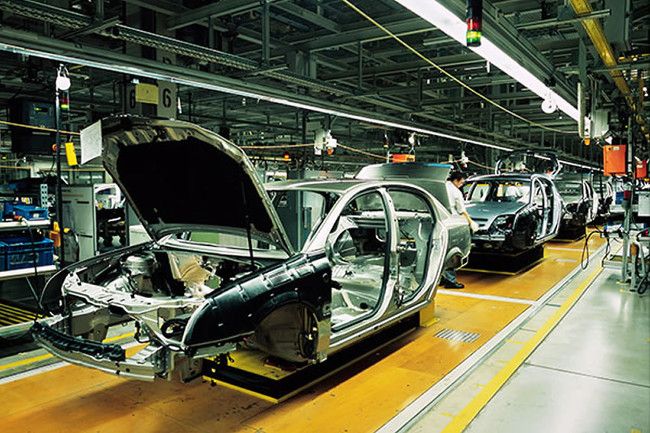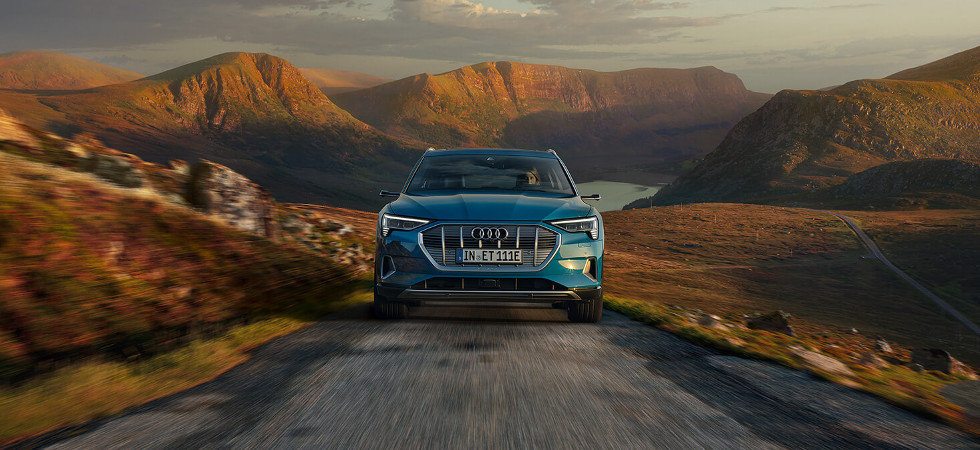Words by Iain McLennan, Managing Director of AMG Autolease Ltd.
In this day and age car manufacturers are integrating more and more cutting-edge technology into their products in order to provide the freshest and most enjoyable driving experience. Take Tesla for example, the interior, a simple yet sophisticated design with almost nothing more than a large tablet screen on the centre console from which almost all the vehicles features are controlled. Or more recently look at the brand new Audi E-tron. The E-tron replaces traditional car mirrors with cameras (on specific models). Both of these vehicles feature high levels of autonomous tech.
Here we take a look at potential car technology which could change the way we use our vehicles in the future.
V2V Communication

V2V allows vehicles to communicate with each other in order to keep drivers safe. This is a technology feature that is currently of great interest to the US government. For example say a car changes motorway lanes right in front of you and cuts you up, or a car runs a red light or even if the car in front suddenly brakes. V2V uses wireless signals to send information between vehicles, this means if your motor receives a signal that indicates to you that you are about to be in danger or have an accident, the vehicle can inform you or potentially take action to prevent a dangerous situation.
This technology has great potential to be integrated into vehicles in the future, so much so that MIT engineers are running tests and designing algorithms in order to determine how a vehicle could use this tech. Would you want to see this tech in your car if it meant you were safer on the road? The National Highway Traffic Safety Administration say that V2V could potentially reduces crashes on the road by up to 79%.
Pros
– Could significantly reduce the chances of a crash.
– Vehicles will be able to provide drivers with more information than they can currently.
– V2I (vehicle to infrastructure) technology is being developed along side to further improve road safety.
Cons
– Potentially expensive to implement.
– It could be a long time until we see this technology in action because of the amount of real world variants to consider.
Augmented Reality Display

Almost every car available to either buy or lease today has a dashboard display of some sort, from the humble display of the Dacia Sandero which displays information such as radio, date and time, to the upmarket feel of the Volvo Xc40 or even the tech focused Tesla Model X.
However, augmented reality displays could actually be a feature of the cars we drive in the future. Ever seen Iron Man or the Terminator movies where information seemingly floats over a real life object? Well AR dashboards could work much in the same way. AR dashboards have to potential to automatically display information about roads, vehicles and the surrounding in real time right before our eyes. BMW have implemented a similar system in selected vehicles, however this is only basic information which is displayed on the vehicles windshield. In the future cars may be able to overlay information on what the driver is seeing in real life. This may aid with collision prevention, directions, lane manoeuvres and much more. Imagine being able to see your GPS information actually displayed on the road!
Pros
– Would allow drivers to better focus on the road as they will not have to look don at GPS.
– Allow drivers too see far off objects more easily.
– Looks ridiculously cool.
Cons
– Could become an expensive and exclusive extra, unavailable to the everyone.
Energy Saving Body Panels

Hybrid vehicles are on the up, sales are increasing year on year and more and more manufacturers are drawing up plans to overhaul their production line with hybrid vehicles in the coming years. These types of vehicles do have their draw backs though. Mileage between charges is improving but is still limited, batteries take up space in the car and are extremely heavy, which can affect the cars performance. This is why manufacturers are currently testing storing energy in the vehicles body panels, in the hope that these lighter panels will not only reduce a cars weight, but will also charge faster than batteries which are currently used. The panels will trap energy whilst the car is charging or braking on a journey and then feed energy back into the vehicle. If successful, this could save consumers time and money as well as making vehicles lighter and their batteries more effective.
Pros
– Could vastly improve the handling and performance of electric vehicles.
– Energy panels could make vehicle charging faster.
– Vehicles could be re designed if batteries are smaller.
Cons
– Energy panels stored in the body of vehicles may take up interior space.
– It may be a number of years before this technology is effective.
These are not the only interesting developments in car technology. There is also all the exciting autonomous driving news surrounding manufacturers such as Tesla, Audi and Mercedes. Take the new Mercedes EQC, Mercs first venture into electric vehicles is packed with new features.






















